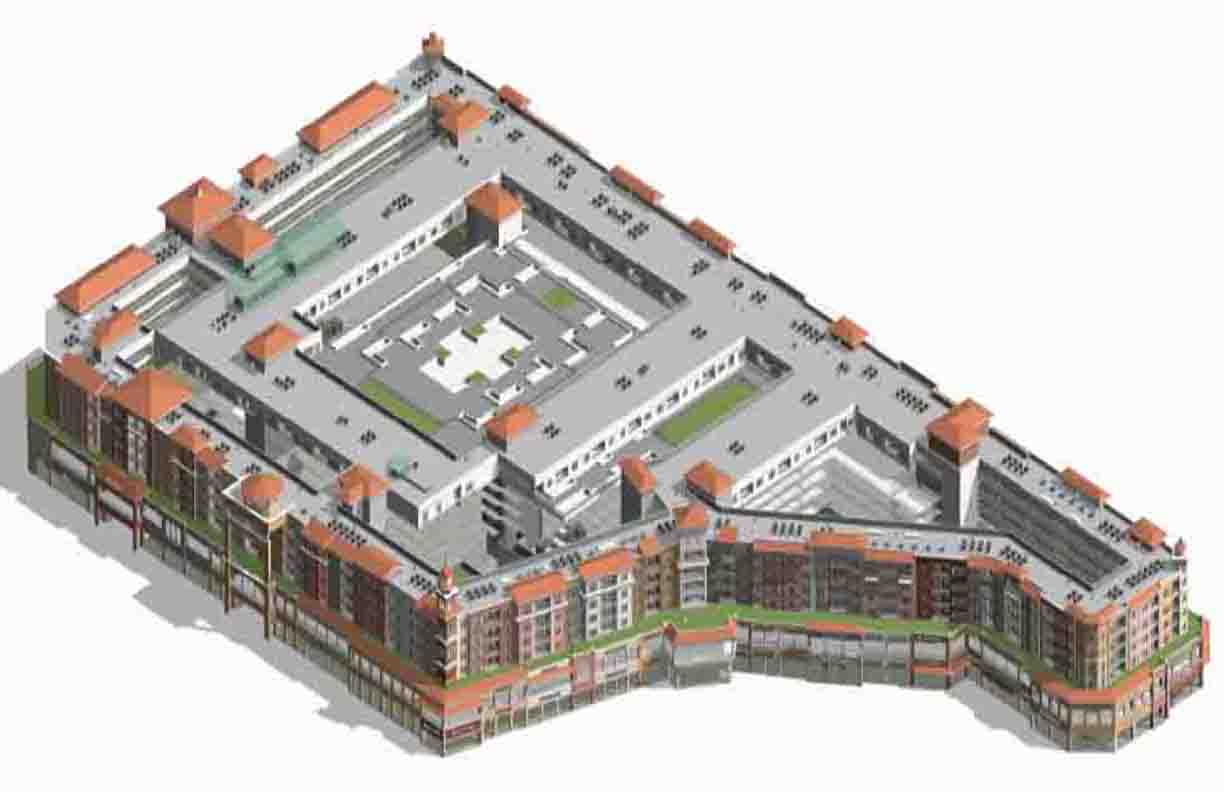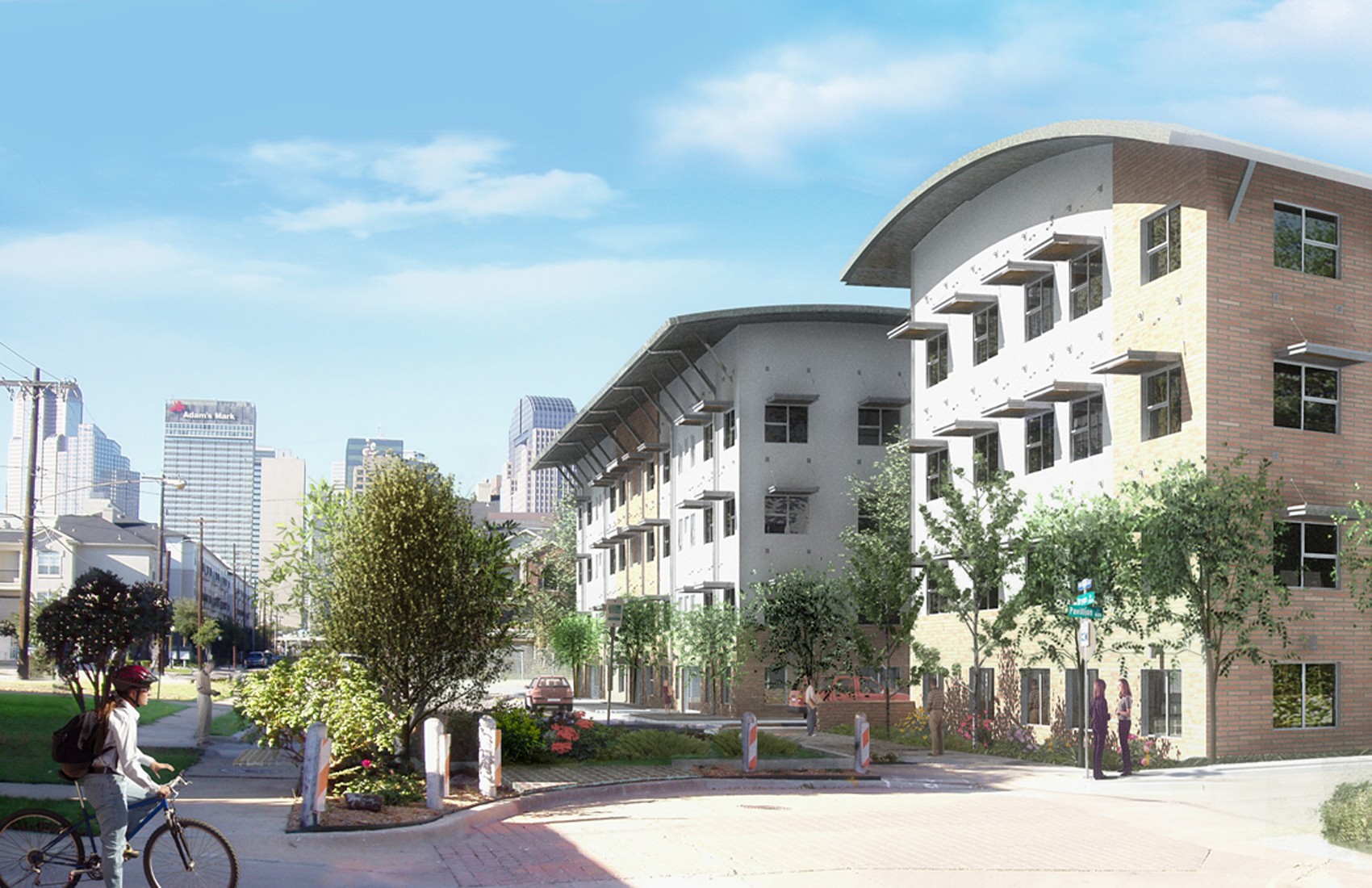We’re excited to introduce you to the always interesting and insightful Charles Traylor. We hope you’ll enjoy our conversation with Charles below.
Charles, looking forward to hearing all of your stories today. We’d love to hear the backstory behind a risk you’ve taken – whether big or small, walk us through what it was like and how it ultimately turned out.
Taking risks is part of my daily life. I am 83 years old so I have been at it for a long time. I am an architect, and taking risks quickly became for me the measures of last resort. My wife, Corinne, and I eloped, because we could not afford a wedding. We were both unemployed. We just jumped in. We were both students at Texas Tech. She just had a month to go to graduate. I had three years. She was a very talented classical pianist. Before we met she was aiming at a concert performance career. She had an impressive repertoire, half, or 16 of the Beethoven Sonatas, pieces by Grieg, Chopin, Bach, Brahms, Bartok and others. She gave all it up to marry me, and started trying her hand at teaching piano lessons. One of her classmates was moving and referred piano students to Corinne and that was what got her started, but only two students signed up. I was in my second year of a five-year architect degree plan. I decided to start a drafting service while continuing my architect studies. A piano salesman at a local piano store sold pianos to the residents of Littlefield, Texas about 40 miles outside of Lubbock, where we lived. Corinne’s classmate had been his conduit to sales and now that was gone. He arranged for us to buy a new piano on credit from his company and Corinne began commuting to Littlefield to solicit piano students. The piano salesman introduced Corinne to the leaders of the town, and that’s how we started.
Corinne and I were totally dumb about business, and now suddenly we had two businesses. We kept our books for both businesses in one personal joint checking account so essentially we were tracking three lines of transactions since that also included our household. By the time I graduated Corinne had 60 students and they were entering and winning student piano competitions. My drafting service had several local home builders for clients and I had landed a job as a drafting instructor at a local business school. My students were studying about a dozen different disciplines, including structural, mechanical, electrical, and plumbing just to mention a few, including architecture. I had not wanted to apply for the job, but it was paying three times what I could make, working as an intern for a local architect, and Corinne pushed me to apply, and to my surprise they hired me. I had to spend many hours every week, reading and studying the textbooks for the various courses, staying about one or two chapters ahead of the students. I was literally learning everything they were learning plus carrying a full time student load at Texas Tech. It was crazy. I was just a couple of weeks ahead of any of them. It worked and I held that job for a couple of years until I graduated. By the time I graduated Corinne and I had two children and we would have a third child a couple of years later. Finances were chronically tough.
I had to do a three-year internship, working for other architects, before I could qualify to sit for the architectural registration exams. Compensation was rock bottom. During that three-year period, I learned one very hard lesson about myself and that was that I had become certifiably unemployable. Because of the financial strains of running a family, Corinne and I had to grasp at every opportunity to earn money. By the time I sat for my exams I had either been terminated or I had quit jobs with seven different firms. I was unemployed and attending an interview with a prospect firm when I got a telephone call from Corinne, “Congratulations! We just received a letter. You passed your exams!” It had been my first try in a field of candidates, where only 1 in 5 passed the first time. I had studied three hours per day three days per week for six months and during the last week before the 4 day exams I studied full time and did no other work. It was a seven part exam and for two sections I passed with the minimum passing grade, but I had made it and that what was what counted.
Corinne and I decided I should start a firm. GREAT! I had no clients, and no prospects for clients, and we had no money and no equipment or office furnishings, fixtures or equipment. My first office was at home with a portable drafting board I kept on the dining room table between meals and a typewriter on one of the counters in the kitchen. I had started and built my drafting service in Lubbock by calling home builders on the phone, so I figured I would do the same thing in Dallas, where we were living at that time. Corinne tried starting another piano teaching practice in Dallas, but it didn’t go as well at first as out in Lubbock so the burden of supporting the family fell mainly on me.
Corinne soon arranged with a local private school to teach piano lessons as an extra-curricular activity. Students would take their lessons during their regularly scheduled study periods. She soon had another 60 students. I was doing business with a collection of local home builders and struggling. Then, one Friday evening at 5:00 PM a local project manager with US Home called and wanted to meet with me right away. I met with him and was suddenly very busy turning out working drawings for them. At the time US Home was the largest homebuilder in the United States. They had 60 operating divisions all over the United States. The Dallas US Home Office was happy with my work and before long I had won referrals from other US Home Offices in many other states around the country. I was doing about 15% of their volume. Corinne and I were starting to do well. She quit teaching piano lessons and started doing my accounting and bookkeeping. She hit that task with a vengeance and soon our accounting was computerized. The year following her entry into my firm our gross income went up five times. She was awesome.
In a few years I became licensed as an architect in 21 states and was doing all kinds of projects all over the place. We borrowed money heavily to expand operations. That was OK while business was expanding but in 1989 Texas entered a severe recession. My architectural practice suffered and I had to liquidate and go look for a job, but nobody was hiring. Then, I discovered an interesting economic fact. While Texas was in a recession, one other location in the United States was still booming, Hawaii. I landed a job as a contract project manager with a large firm in Honolulu. They were desperate for architects to work for them. They would put ads in the newspaper and run them for a month and no one would respond. They were offering double what I would have been earning if anyone had been hiring in Dallas. By then our daughter had married and had moved to Florida, but we had two sons still living at home and commuting to attend college at local universities. Corinne and I decided to keep our home in Dallas and let our two sons live there and continue to attend college while we would rent an apartment in Honolulu. It was an expensive proposition but we took the risk. I accepted the job and Corinne and I moved to Honolulu.
Things went well in Honolulu for a year, but in 1991 when the Gulf War broke out the Hawaiian economy nosedived into recession. I was laid off. I tried unsuccessfully to start my own firm in Honolulu, but there was no work. After a year of struggling we began hearing stories that the Texas economy was coming back so we risked it and we returned to Dallas and moved back into our home. Our sons had graduated from college by then and had started their own respective independent lives. I did not want to go back into business as an independently practicing architect. I had no taste for that anymore, but I decided to start subcontracting the production of working drawings from other architects. The first year was miserable. I didn’t even earn enough money to pay any taxes.
It was an interesting time for architects. Computers were beginning to be used to do drawings, and everyone was scrambling to learn how to use this new technology. I dived in and became skilled at computerized drawing and became so busy with work that I had to start hiring assistants to help with all the work. I could not find enough people in the Dallas area so I started hiring assistants on a contract basis in other towns and cities around Texas. The internet had also emerged as new technology so I used emailing to send drawings and other data back and forth. Assistants around Texas grew to around the United States. I soon had assistants located from Hawaii to New England. Following that were architect clients in other Texas cities and also eventually all over the United States. In a few years we had produced over 1,000 projects in over half the states in the country for over 150 firms.
The costs for assistants was going up faster than I could increase compensation from my architect clients. I was gradually being driven out of business. I launched a recruiting email campaign to architect assistants in other countries and found I could hire them at less than half what I was paying for assistants in the United States. However, most of them spoke English as a second language and they were not familiar with the materials and methods of construction in the United States and they worked in the metric system, not in feet and inches. But they were my only choice. I had to use them. I had to teach them everything. They made lots of mistakes. It was a huge struggle, and I got fired from a lot of architects in the process, but gradually I built several teams of assistants in several countries who produced excellent work, the Philippines, Mexico, Argentina and more.
Computerization kept expanding and improving. It was like we became perpetual students. Just like I had to do back in college, staying just ahead of my students by prolific non-stop studying on new skills, I was having to do the same thing all over again except now I also had to spend huge amounts of money on investing in ever newly emerging software and hardware, and that has continued right up to the present day. Now I am looking at having to deal with the biggest challenges of all and that is how to exploit artificial intelligence and machine learning. I won’t even try to summarize what all that entails, but trust me, this represents a bigger constraint and much much more opportunities and is rife with more risks than anything I have faced throughout my career and comes at a time when I know I will soon begin to face yet more challenges and those are the gradual and possibly at some time the sudden end to my mental and physical capabilities to cope with everything. For the time being I am pressing on. I am working on larger projects in more locations and making more money than I ever have been able to accomplish in my life – but I am not going to get cocky. Every day I can get up and see it and continue to take and meet risks is a good day.

Let’s talk about resilience next – do you have a story you can share with us?
Several years ago my firm had been doing business with one of the top ten largest home builders in the United States, KB Home. We had done thousands of sets of working drawings for developments in several states. One day their manager who was our prime contact called and requested our help on overhauling the computerized working drawings on about a thousand sheets. He described the work and asked me if I could estimate how long it might take to accomplish. I consulted with my team leader in Belgrade, Serbia. He said he had 6 people he could put on this task and it would take at least 2 months. I relayed this to my KB Home contact, “No good enough. We need it finished in three weeks.”
“Let me get back to you,” I said. I contacted my team leader and expressed my concern that if we could not meet this schedule we might lose the account. He asked me to give him one day to see what he could do. The next day he said he had collected 110 resumes from candidates on the Internet all over the world and that about 30 over them appeared to be well qualified. I asked KB Home to send us the data to get started. We hired 14 of the best candidates and started in. We were 5 days into production before KB Home could even get a purchase order into our hands to authorize us to start work. We finished on time. KB Home was happy, and we made a profit.

Any advice for growing your clientele? What’s been most effective for you?
We always over deliver. We always meet or beat deadlines, including for example one day where four deadlines on big projects all hit onthe same day. We don’t ask for retainers. We get paid only after we are completely finished, the work has been reviewed and approved. We don’t ever ask for additional services unles they are offered. We offer money back guarantees.

Contact Info:
- Website: https://www.archline.com
- Instagram: https://www.instagram.com/wearearchline/
- Facebook: https://www.facebook.com/WeAreArchline
- Linkedin: https://www.linkedin.com/in/charlestraylor-archline/
- Twitter: https://x.com/wearearchline
- Youtube: https://www.youtube.com/@archline.comllc618
- Yelp: no
- Soundcloud: no
- Other: https://www.tiktok.com/@wearearchline





Image Credits
Not applicable


